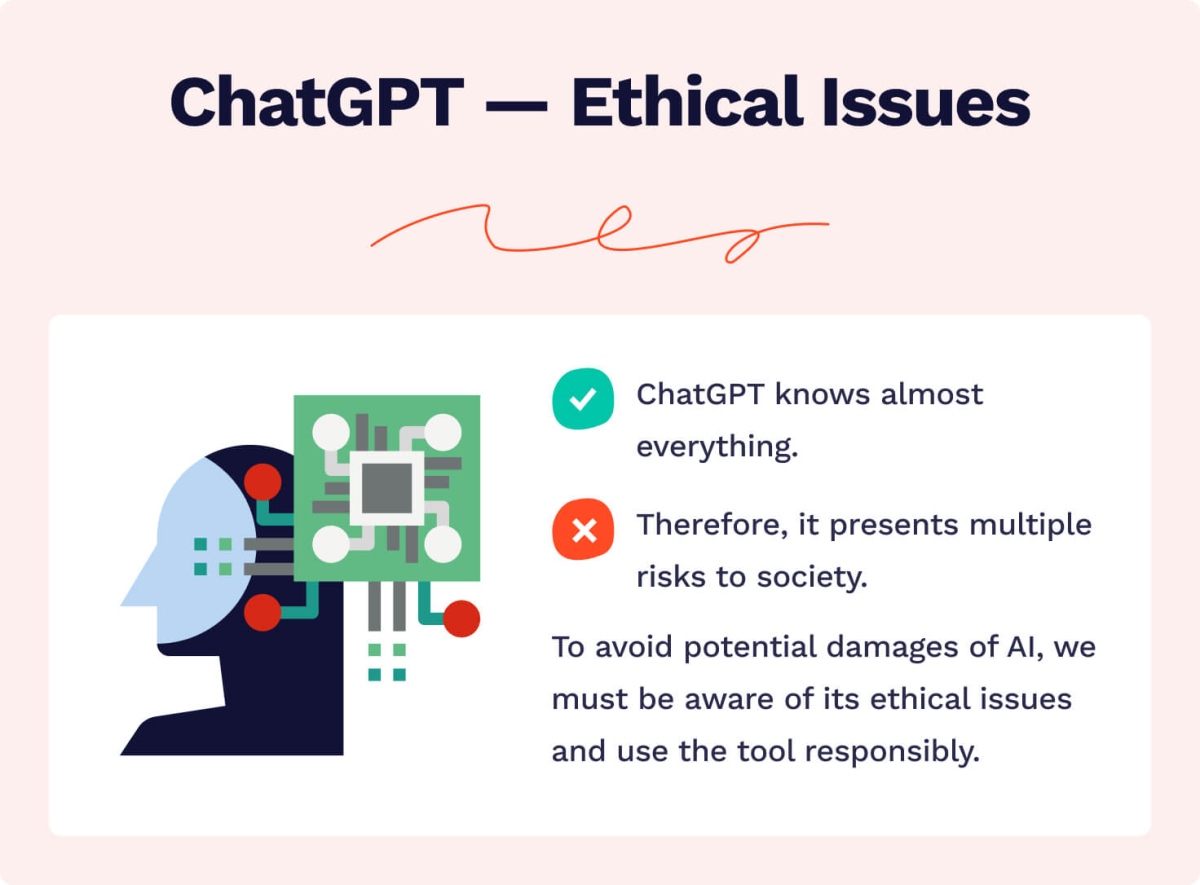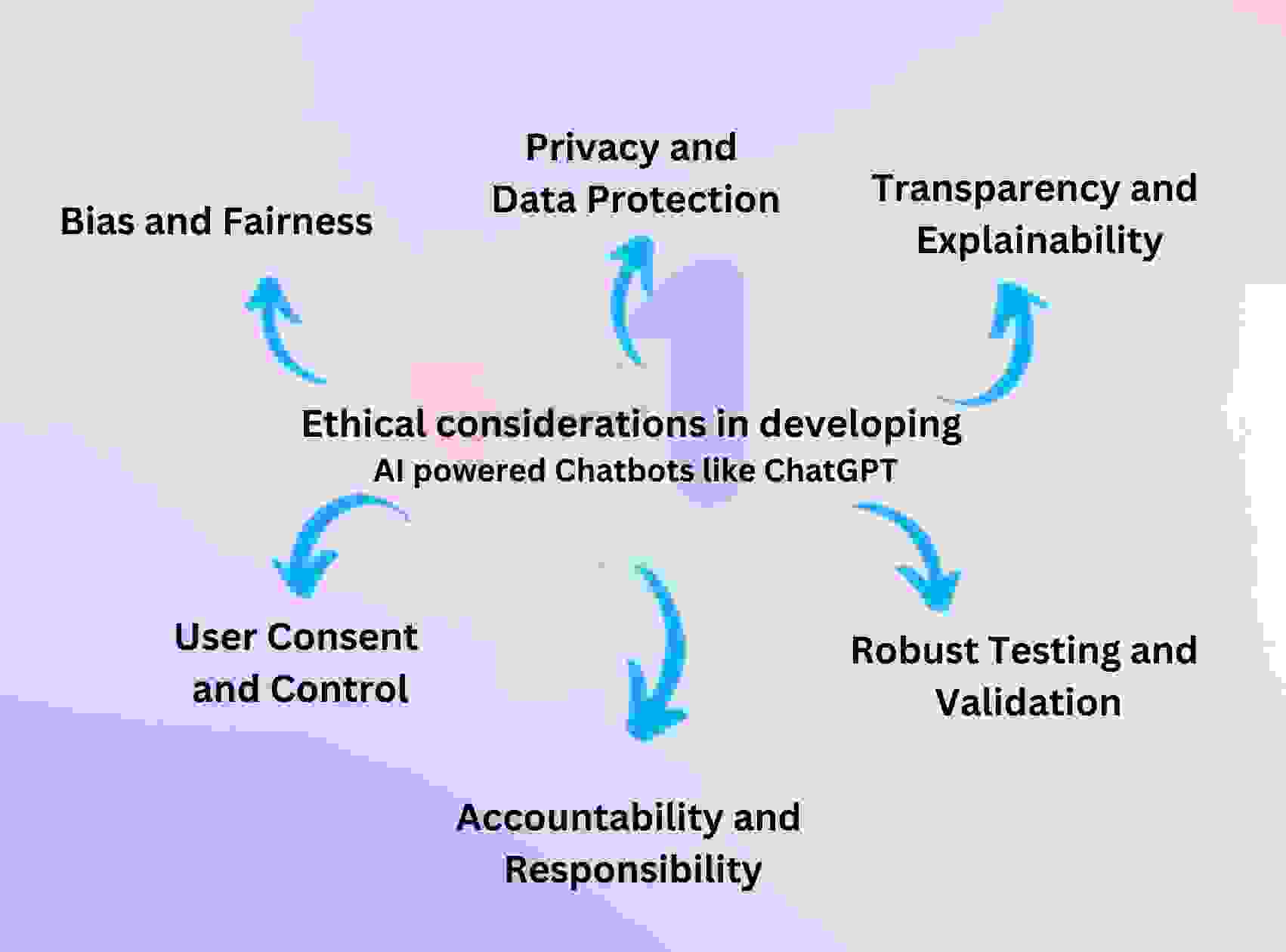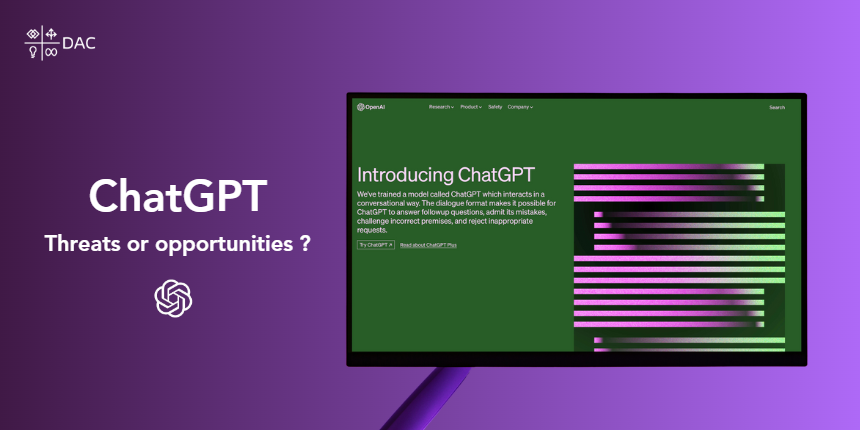ChatGPT SWOT Analysis: Exploring the Potential and Pitfalls of an AI-Powered Chatbot
ChatGPT, an AI-powered chatbot developed by OpenAI, has garnered widespread attention for its remarkable ability to generate human-like text across various domains. Its versatility in crafting essays, poems, answering complex queries, and even coding tasks showcases its boundless potential.
Strengths of ChatGPT
ChatGPT boasts several strengths, particularly in the field of education. Its capacity to produce creative content, offer quick responses, and customize learning experiences stands out as exemplary. The chatbot's proficiency in generating diverse forms of content, ranging from creative pieces to technical documents, proves invaluable for students seeking inspiration or exploring different writing styles.
Moreover, ChatGPT's user-friendly interface ensures accessibility for a wide user base, irrespective of technical prowess. Its conversational approach facilitates natural interaction, simplifying student engagement and information assimilation, especially beneficial for learners with diverse needs.

The chatbot's knack for tailoring responses to individual queries opens avenues for personalized learning experiences. By providing tailored feedback, explanations, and simulations, ChatGPT enables students to progress at their own pace, focusing on areas that demand attention.
Weaknesses of ChatGPT
Despite its remarkable capabilities, ChatGPT exhibits weaknesses that warrant scrutiny and mitigation strategies. These limitations range from potential biases and inaccuracies to ethical considerations driven by data quality dependence.

The chatbot's responses stem from its training data, occasionally leading to inaccuracies and biases. Users must exercise critical judgment, corroborating ChatGPT's information with credible sources. Furthermore, the model's tendency to produce irrelevant outputs underscores the necessity for continuous refinement.
While ChatGPT can generate seemingly original text, it essentially reimagines existing data patterns, raising concerns about plagiarism and hindering critical thinking development among users overly reliant on the tool.
Opportunities and Threats
ChatGPT's integration in education promises enhanced learning experiences through interactive modules, personalized feedback mechanisms, and real-time simulations, fostering student engagement and proficiency.

Its expedited text generation capabilities can streamline tasks like email composition, report creation, and summarization, affording educators and students more time to focus on substantial educational facets.
ChatGPT's role as a catalyst for creativity and innovation empowers users to explore novel ideas, surmount creative hurdles, and embrace diverse perspectives, stimulating advancement across various domains.

However, accompanying the vast opportunities, ChatGPT poses threats including job displacement concerns due to automation, the proliferation of misinformation fueled by generated content, and the exacerbation of societal inequities through disparate technology access and proficiency levels.
To fully harness ChatGPT's potential and navigate its challenges effectively, a balanced approach emphasizing ethical considerations, responsible utilization, and continuous enhancement is imperative. By critically assessing its SWOT factors, we can maximize the benefits of AI technologies like ChatGPT while mitigating associated risks.
Feel free to share your insights and experiences with ChatGPT in the comments below, contributing to the ongoing dialogue surrounding its transformative impact!




















